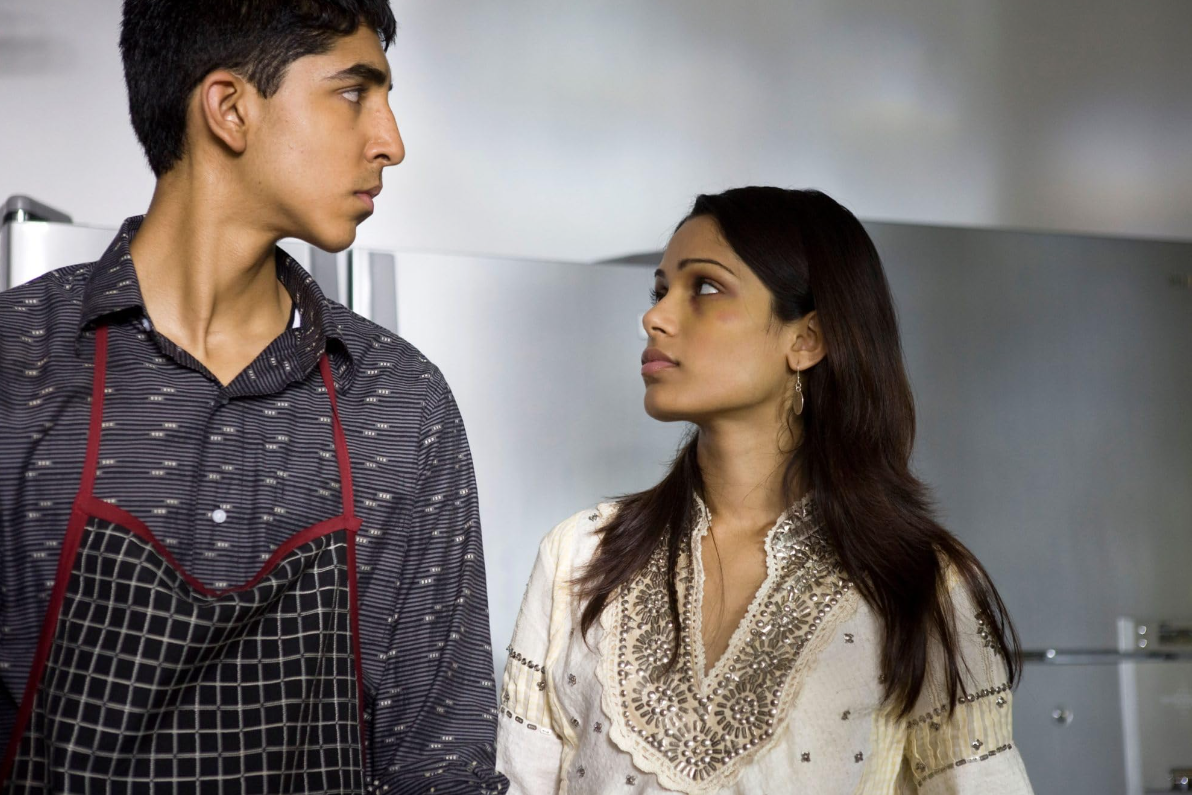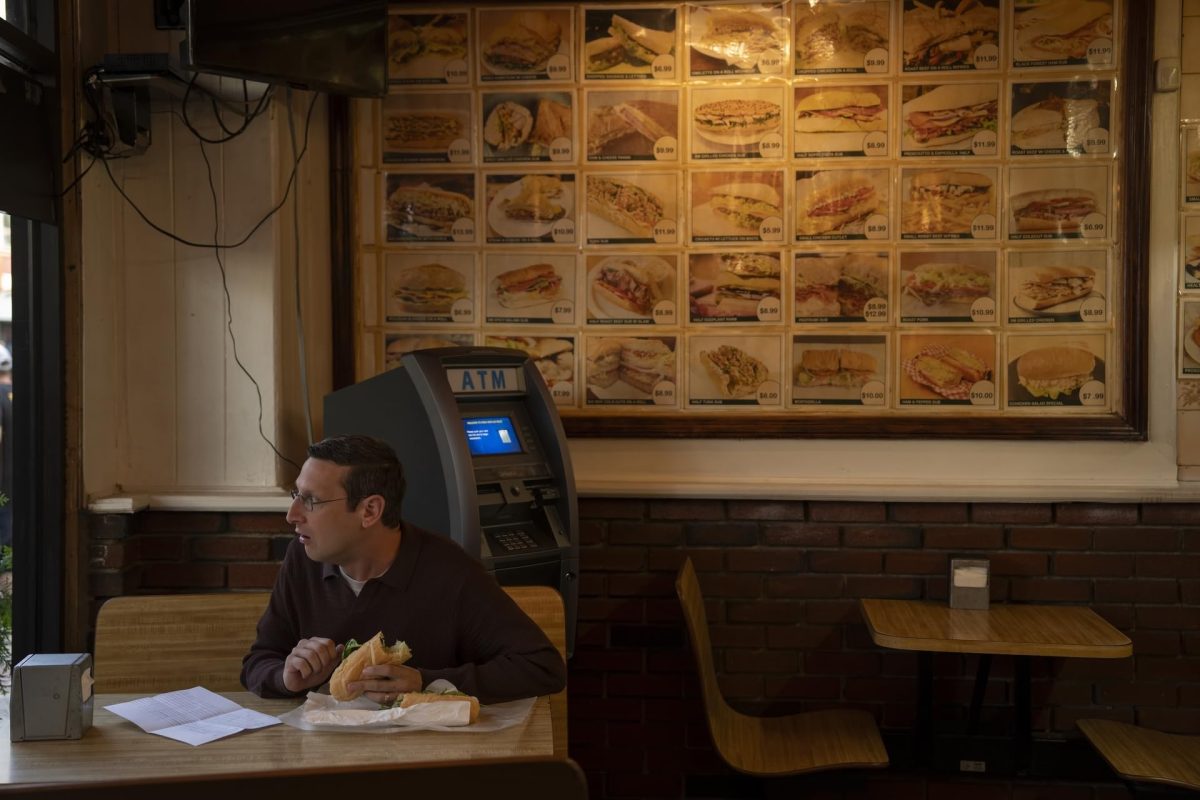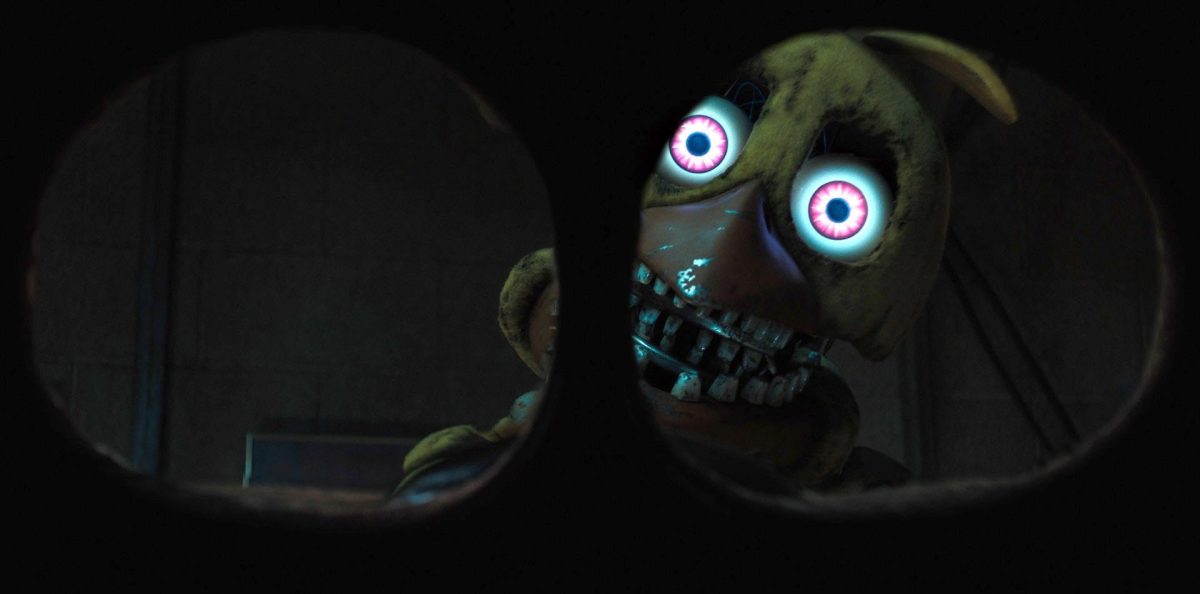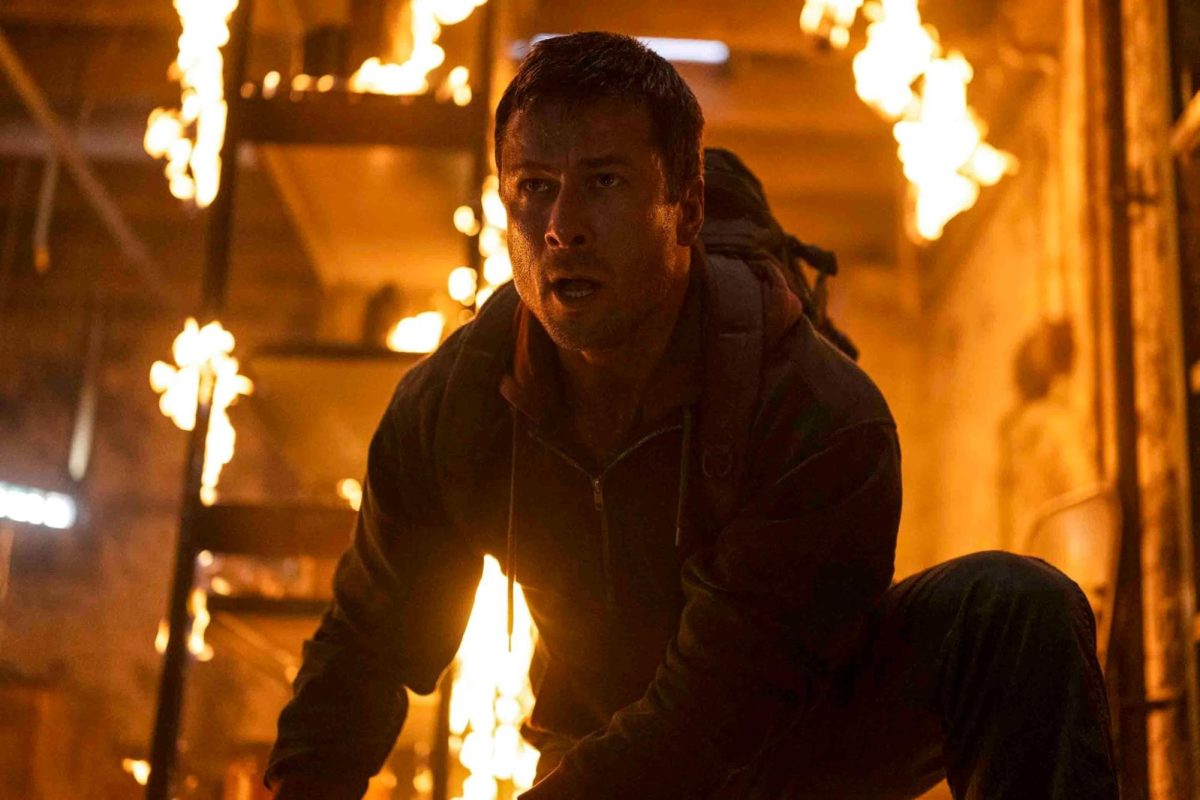**This article contains spoilers.**
Fifteen years ago, “Slumdog Millionaire” debuted in America.
The film was a one-of-a-kind sensation, winning eight Oscars and grossing over $378 million worldwide, making it the third-highest grossing best picture winner of the last 20 years.
Loosely based on the novel “Q&A” by Vikas Swarup, the film follows Jamal Malik (Dev Patel) after winning one crore rupees on the game show “Kaun Banega Crorepati” — the Hindi version of “Who Wants to be a Millionaire” — and set to compete for the final prize of two crore rupees.
Get The Daily Illini in your inbox!
Suspected of cheating, Jamal is interrogated by a police officer, played by the late Irrfan Khan, to whom he explains how every question he answered was in some way related to a pivotal moment in his life.
From here, the film intercuts between his police interrogation, his childhood story, and his answering the corresponding question on the game show. Through this vignetting structure, we get a comprehensive view of Jamal’s childhood life and his relationships, particularly with his elder brother Salim (Madhur Mittal).
Early fragments describe how the Bombay Riots forced Jamal and Salim out of their home, meeting Latika (Freida Pinto) and Jamal and Lakita’s separation running from the gangster Maman (Ankur Vikal).
As the story continues, Jamal, Salim and Latika’s lives become more intertwined as we learn about Jamal and Latika’s first reunion, a violent event that created a rift between Salim and Jamal; and the brothers’ reunion years later, and how said reunion brought Jamal and Latika back together only for them to be separated yet again.
Though the narrative begins with more discrete anecdotes, as the flashbacks start to converge closer to Jamal becoming a contestant, the momentum between each vignette grows faster and faster, giving the film an engaging forward pace and ensuring the film maintains a sense of structure and motivated drama.
Directed by Danny Boyle with a screenplay by Simon Beaufoy, the film is undeniably engaging. Boyle, likely most known for his British cult sensation “Trainspotting,” transposes his signature electric style onto this canvas.
Moreover, Boyle and Beaufoy also seem interested in the way in which poverty, wealth and class are defined in a globalizing economy. Redistributions and reassertions of power and class play a secondary and ever-changing role in the background of the narrative.
Boyle smartly chooses to foreground the perspective of the film with Jamal. There is a certain risk inherent with bringing a European filmmaker to tackle this subject matter, but Boyle never chooses to talk down or to present his perspective as above those within the film. Rather, he engages with the characters and with the setting with a great sense of empathy and pathos.
Part of why the film resonated so deeply in 2008 is because Boyle chooses to focus on the humanity of the characters. We see Jamal, Salim and Latika as real people with real ambitions. The mechanisms of their own lives exist as obstacles or traps towards those dreams or escapes.
Loveleen Tandan is credited as a c0-director. A casting director from India, Tandan was instrumental in the casting of the film.
“I had her there every day, and I kind of relied on her enormously to make sure I didn’t make any big mistakes,” Boyle said in an interview.
Boyle also said Tandan was instrumental in translating both the text of the script and in guiding the child actors toward imbuing the script with more authenticity, whether it be through dialogue choices or slang. She also helped direct many of the early handheld sequences.
It seems baffling today that “Slumdog Millionaire” received zero acting nominations at the Academy Awards. Freida Pinto, though perhaps underserved in how much she is given to do in the film, is fantastic. Her push and pull between her feelings toward Jamal and her resignation toward circumstance are palpable.
Madhur Mittal also is great. It is commendable how all of the cast is able to use the choices and the attitudes of their respective child performances to build this continuum of character, but Mittal’s stands out.
As the character with the most ebbs and flows in terms of his morality, guilt, and love the way in which Mittal synthesizes upon the work of the younger version of himself to build something even more profound is admirable.
As the police inspector, Irrfan Khan is incredible. Though a small performance, the chance to look back on this work so many years later is only another reminder of what a singular talent he was.
Anil Kapoor as Prem Kumar, the host of the game show, is maybe my favorite performance in the film. He is just a perfect piece of casting. Though the producers sought out star Shah Rukh Khan first, it seems impossible to imagine anyone else in this role today.
Known for both his wiry comedy and theatrical dramatics, Kapoor plays all sides of Kumar to a tee. Scenes where he guides Jamal through the game show are rife with Kapoor’s playfulness, but as we see more scenes backstage, we learn more about this man who may have become somewhat corrupted by his own success.
Yet it is impossible to discuss “Slumdog Millionaire” without discussing Dev Patel. The film’s success launched the young actor into a kind of stardom. It is well deserved, as Patel delivers a performance that effortlessly blends a fortified determination within a sea of resignation, doubt, child-like wonder and grief.
From watching this movie, you get the sense that his rise to fame was not circumstantial but eventual. Fifteen years later, it really is admirable just how much the young actor is able to reinvent himself and his own body of work.
The cinematography by Anthony Dod Mantle was also widely celebrated. Continuing Boyle’s fascination with digital cameras, starting with “28 Days Later,” “Slumdog Millionaire” felt radical in the way it diverged from how these films were traditionally shot.
The filmmakers used a custom rig that allowed for smaller setups and a gyro that let the camera swerve quickly while still being coherent. The result is something that was spontaneous and allowed for Boyle to experiment with different angles and ways to block a scene.
That said, “Slumdog Millionaire” is certainly not documentarian in ambition. Boyle opts to blow up the emotions of the movie to a scale far past reality, lending itself to an almost fable-like tone that seems at odds with the film’s intention toward authenticity.
As a result, the film often feels pulled at the seams by the way it tries to balance this supposedly “real” perception with the way it handles drama.
The music by A. R. Rahman was like a bolt of lightning. Rahman, known for his brilliant work in Tamil and Hindi cinema, has received international acclaim, winning Oscars for Best Score and for the song “Jai Ho.”
Rahman argues for a universality to the soundtrack, claiming his hook into the movie was less about the representation of India but rather the relatability of its message.
“The story could happen anywhere: China, Brazil, anywhere,” Rahman said in a 2008 interview with Vulture. “‘Who Wants to Be a Millionaire’ is on in every damn country.”
Nevertheless, the recognition is a milestone for Indian representation at the Academy Awards, as Rahman became the first Indian to win more than one award in the ceremony’s history. His wins do raise an interesting conversation regarding the way in which the Oscars perceive international pictures.
“Jai Ho,” a song I heard many times in my childhood at various parties and functions, was widely promoted and campaigned as a kind of Bollywood song. With lyrics by Gulzar, a renowned Indian artist and lyricist, the credibility and accessibility with international audiences was there.
Yet “Jai Ho” feels less like a song in the Bollywood tradition and more aestheticization of the Bollywood sentiment prepackaged for Western audiences to consume.
Even the video accompanying the end credits does not really resemble any Hindi song formalism, especially in comparison to other films of the same period.
Though certainly a catchy song and a lighter note to end the film on, the ravenous success of the song signals a kind of predisposition of the Academy and its voters towards a homogenized and Western ideal of which films can be spotlighted.
Such sentiments have also led to continued debate among Indian critics about the content and the intention of the film. Some argue that the film helps reassert this perception of India as a kind of “underbelly,” while others claim that dismissing the film for not portraying India as a wholly exceptional place is in bad faith and fails to engage with the actual message of the film.
With such fervent and passionate discussion, it can certainly be hard to parse between criticism of the film and arguments centered around nationalism especially given the scale to which the film was perceived on a global stage.
The film also proved controversial amongst Bollywood representatives. Star Aamir Khan said in an interview that the film “didn’t ring true on a lot of levels.” Khan’s film “Taare Zameen Par” was the official selection of India to the Academy Awards that same year and failed to make the shortlist.
Additionally, star Amitabh Bachchan criticized the film in a later-deleted blog post for its portrayal of India and the seemingly continued predilection of Western audiences to engage with Indian art-house cinema while dismissing the craft of blockbusters.
“Slumdog Millionaire” is an undeniable kind of movie. While perceptions of the film feel much more muted today than they were 15 years ago, the film remains an accessible and powerful tale of love, wealth, class and a changing India.
With its incredible Oscar streak and passionate response internationally, the film brought India and Indian cinema all around the world in a seismic, if controversial, way.






